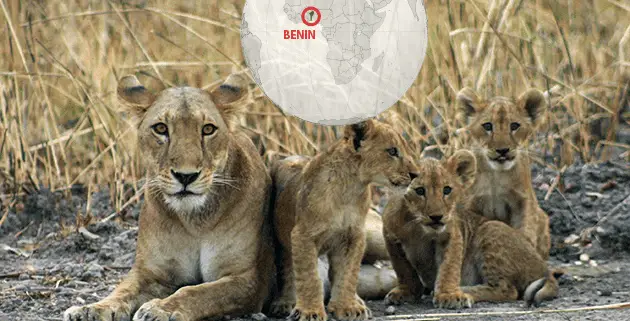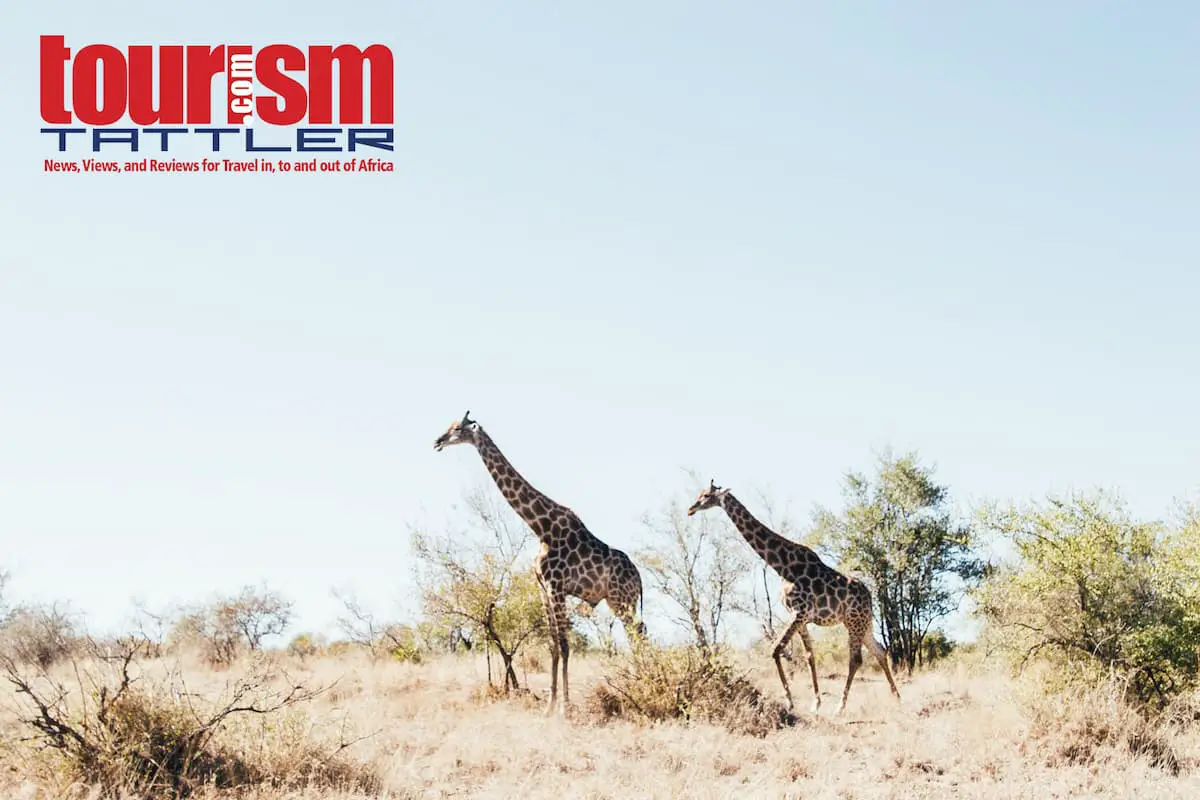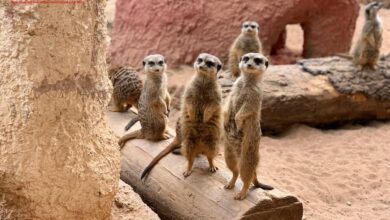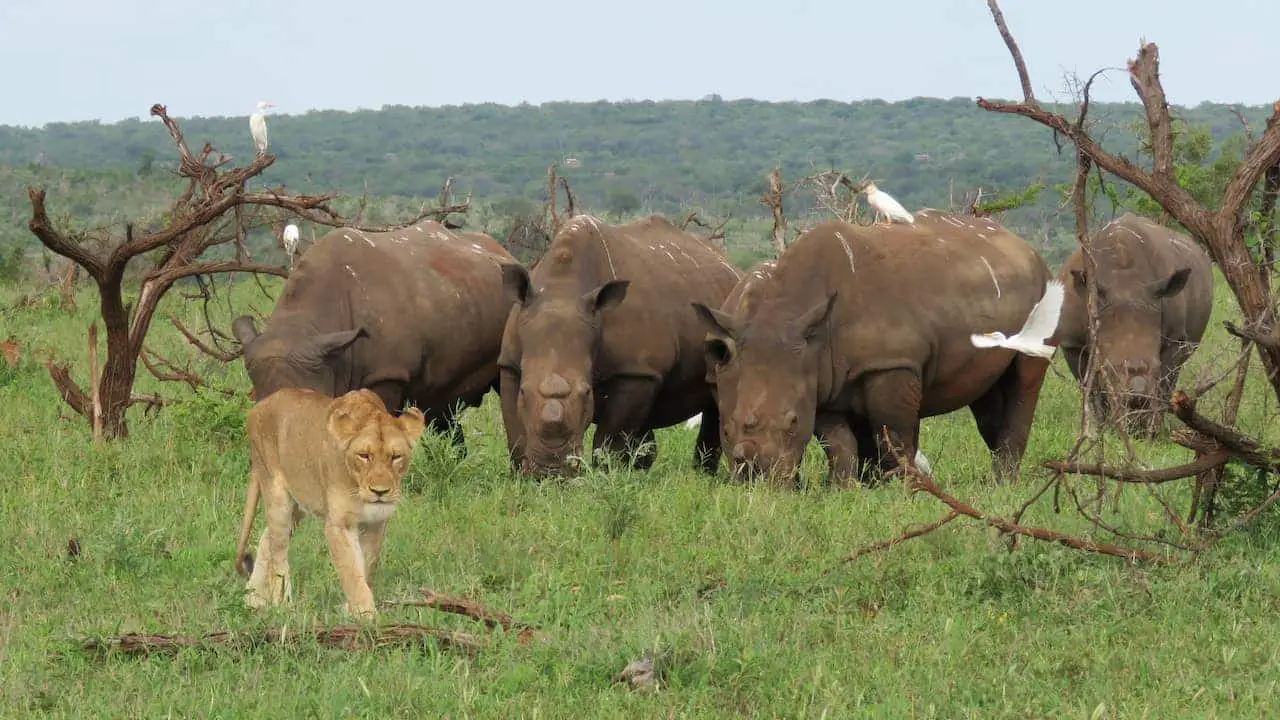Blood Lions & Wild Dogs
A coalition of three male lions was collared and released from their holding boma into the uMkhuze section of the South Africa’s first world heritage site, the iSimangaliso Wetland Park, late on the 18th of October 2016. By Debbie Cooper.
Big Cats
The lions, from the Tswalu Kalahari Reserve are genetically distinct from the pride of 16 lions presently residing in iSimangaliso, all of which are from the same blood line. The lions remained in the boma for several weeks before being released to acquaint themselves with the existing pride.
This introduction boosts the establishment of a viable population in iSimangaliso after the last lion was shot by conservationists some 47 years ago for going “rogue” in what was then an unfenced park. The first lion introductions back to iSimangaliso took place in December 2013 and 2014 respectively.
The first family of four lions – translocated from Tembe Elephant Park – were released in December 2013 and comprised an adult female and three sub-adult offspring. Their arrival catapulted iSimangaliso to ‘Big 7’ status. This was followed by the coalition of two males (brothers) and three females during the course of 2014.
In order to slow down the breeding rate of the lions, the females underwent partial hysterectomies which is the removal of one horn of the uterus. Lions breed prolifically and this action should halve the number of litters obviating the need for translocations to other parks in the short-term. Since December 2013, three sets of cubs have swelled the ranks.
iSimangaliso now generates some 7% of the province’s tourism GDP and over 7 000 direct permanent tourism jobs.
All iSimangaliso’s adult lions are fitted with satellite collars to monitor their movements for biological and safety reasons. They are tracked daily by Park staff supported by Wildlife Act volunteers with the information feeding into Park management.
Wild Dogs
One of the most exciting sightings in the uMkhuze section of iSimangaliso Wetland Park is that of the endangered wild dog (or African Painted Dog). With an estimated 1400 fully grown adult dogs left globally, the two packs that have been established in iSimangaliso’s uMkhuze form a vital part of South Africa’s metapopulation. A new litter of 14 healthy pups has been spotted and photographed in the last few days.
Cheetah Success Story
Another special resident of uMkhuze is the cheetah, a reintroduction success story despite initial challenges. Cheetah are categorised as vulnerable by the IUCN with a population of around 1500 adults in South Africa. Today, fifteen individuals live within this area some of which have tracking collars to assist management. There is a good chance of seeing these on a game drive within the park, especially while the vegetation is still so sparse. On Wednesday 19 October, no fewer than four individuals were spotted, while the previous weekend a visitor at the Mantuma Rest Camp captured photographs of a magnificent cheetah within metres of the huts.
Additional Facts
Several thousand heads of game have been translocated by iSimangaliso into the Park with the support of Ezemvelo KZN Wildlife since 2000. All the game that historically occurred in the region (including oribi, tsessebe, black and white rhino, elephant, wild dog, cheetah, buffalo, waterbuck and blue wildebeest) with the exception of eland, have now been re-introduced.
Much of this work has been undertaken by community SMMEs, creating significant employment in an area marked by unemployment and poverty. Fencing was done by agreement with communities, involving negotiations with seven traditional council chiefs and dozens of isigodi’s (wards).
For over a century, the uMkhuze section of iSimangaliso has protected wildlife and biodiversity. Through flood and drought, political upheaval and disease, this remarkable 37 000 ha portion of the World Heritage Site has endured and displayed the utmost resilience. The soils are some of the richest to be found, regularly recovering from the stark barren destitution of drought periods to an abundance of nutritious grasses in times of rainfall. uMkhuze was renowned as one of the two last remaining bastions of black rhino in the 1960’s before the campaign to repopulate other areas.
Currently emerging from the worst recorded drought of our times, there is no doubt that uMkhuze will complete the natural cycle of rejuvenation, with the gradual return of spring rains bringing about a natural transformation. The rewilding process is almost complete and with all tourist network roads completely re-tarred and gravelled, the rebuild of hides, ablutions, the Fig Forest Walk and other visitor attractions and a new eMshophi Gate building well underway, this section of the Park is proudly placed as one of iSimangaliso’s greatest jewels.
About the author: Debbie Cooper is the Executive Assistant to the CEO of iSimangaliso. Debbie’s roots are in conservation and travel writing and she has been an integral part of the iSimangaliso team for eleven years. She’s a writer and keen photographer, committed to the conservation of South Africa’s first World Heritage Site.








